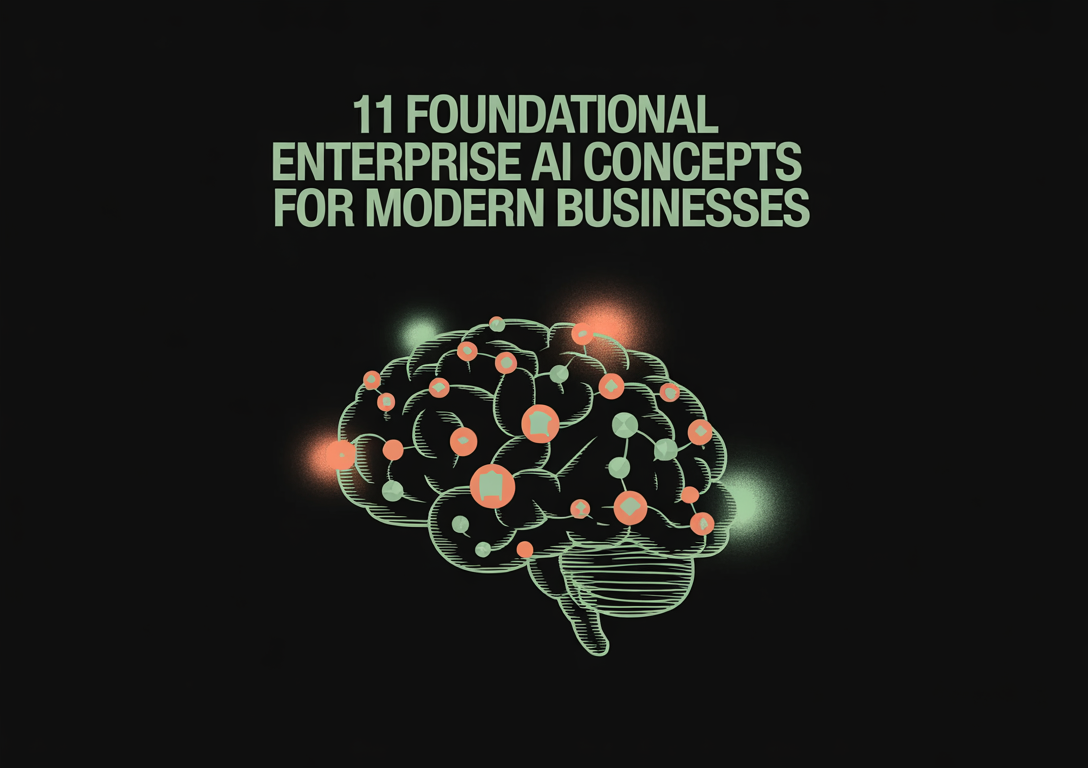
Unlocking AI Potential: 11 Key Concepts for Today's Enterprises
In today's fast-paced business environment, artificial intelligence (AI) offers both tremendous opportunities and significant challenges for enterprises. As organizations strive to leverage AI technologies, success is not merely about adopting cutting-edge tools; it requires a fundamental rethinking of how AI integrates with people, processes, and platforms. Michal Sutter, in a recent article for MarkTechPost, outlines eleven essential AI concepts that every enterprise leader must grasp to fully harness AI's transformative potential.
The AI Integration Gap
One of the primary hurdles businesses face is the AI Integration Gap. Many enterprises invest in AI tools with high expectations, only to find difficulty incorporating them into their workflows. Surveys indicate that nearly half of AI projects are delayed, underperform, or fail altogether due to inefficiencies in data preparation and operationalization. The challenge lies not in the vision but in execution, as organizations struggle to connect AI with their day-to-day operations.
Key Concepts to Understand
- The Native Advantage: Understanding the intrinsic capabilities of AI tools to enhance productivity.
- The Human-in-the-Loop Effect: Recognizing the importance of human oversight in AI processes.
- The Data Gravity Rule: Acknowledging how data sources influence AI outcomes.
- The RAG Reality: Realizing the role of AI in managing risks, assumptions, and goals.
- The Agentic Shift: Embracing the transition of AI from supportive roles to decision-making agents.
- The Feedback Flywheel: Utilizing feedback loops to continuously improve AI systems.
- The Vendor Lock Mirage: Being aware of dependencies on specific AI providers.
- The Trust Threshold: Building trust in AI systems through transparency and reliability.
- The Fine Line Between Innovation and Risk: Balancing the pursuit of innovative AI applications with potential risks.
- The Era of Continuous Reinvention: Adapting to the ever-evolving landscape of AI technology.
Conclusion
As leaders navigate the complexities of AI integration, understanding these foundational concepts is crucial. By addressing the AI integration gap and leveraging the principles outlined, enterprises can unlock AI's full potential and drive meaningful transformation. Staying informed about these developments is essential for professionals aiming to lead in the AI-driven future.
Rocket Commentary
The article underscores a critical reality in the landscape of AI adoption: the AI Integration Gap. While the potential of AI to transform enterprises is immense, the disconnect between technology and practical implementation remains a significant hurdle. It’s not enough for organizations to merely invest in advanced AI tools; they must also cultivate an environment that fosters collaboration among people, processes, and platforms. This calls for a strategic approach that prioritizes accessibility and ethics in AI deployment. By addressing these integration challenges, businesses can unlock AI's true transformative potential, leading to not only enhanced operational efficiency but also a more responsible and equitable use of technology. Embracing this holistic mindset is essential for driving sustainable growth and innovation in the industry.
Read the Original Article
This summary was created from the original article. Click below to read the full story from the source.
Read Original Article